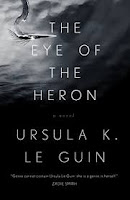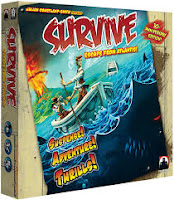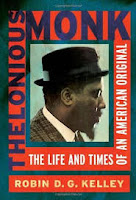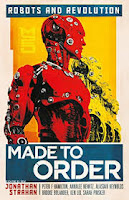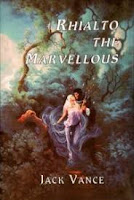Warning: Spoilers. Do not read
unless you've finished the game.
This article is a response to some of
the points raised by Skill Up in his review of the The Last of Us
Part 2. Unlike a lot of, if not most of the game's reaction and
backlash, this article will not be a hit piece or click bait. I hope
it is critical but constructive, addressing what was unaddressed or
misrepresented.
Unless you were part of the industry's development decades ago, most people would have scoffed at the idea that video games are an
art form. Given the state of of video games today,
however, it's tough to argue. Like books, movies, etc., video games
have the power to speak to us through a medium that is fictional yet
relative, and representative yet stimulating. But where books inspire
imagination and movies guide you through an imagined experience,
video games add yet another layer of imagination: participation.
Players vicariously take on the roles of the characters, directing
them within the limitations of agency granted by the game/technology.
This experience is dichotomous; on one hand (no pun intended) are
the technical mechanics of participation/gameplay (control, vision,
action, interaction, etc.), and on the other hand are the elements of
narrative (setting, character, dialogue, plot, etc.) In Skill Up's
review of The Last of Us Part 2, this dichotomy is heavily,
heavily biased to one hand with a lack of underpinning knowledge on
the other. It does not do the game full justice.
There are many different types of
gamers, and Skill Up is one I've come to categorize as a gamer who
loves gameplay—the first hand, in-the-moment experience of
interacting with the game's virtual world through the mechanics that
allow this. Another way of putting this is: the details surrounding punching, kicking, shooting, attacking, etc. are of utmost importance. And yet another way of putting this is, some of his criticisms
of TLoU2's gameplay are spot on. Gameplay has been slightly
enhanced and improved from Part 1, but the loop overall is very
similar, nothing truly innovative coming out the game. Naughty Dog
clearly did not want to deviate too far from the success that was
Part 1, and yes, there are absolutely other games with better
control, response, action, etc. on the market. SkillUp nails this.
Trouble is, gameplay isn't the game's prime focus, and by focusing so
heavily on gameplay Skill Up failed to see what the game's focus actually is.











